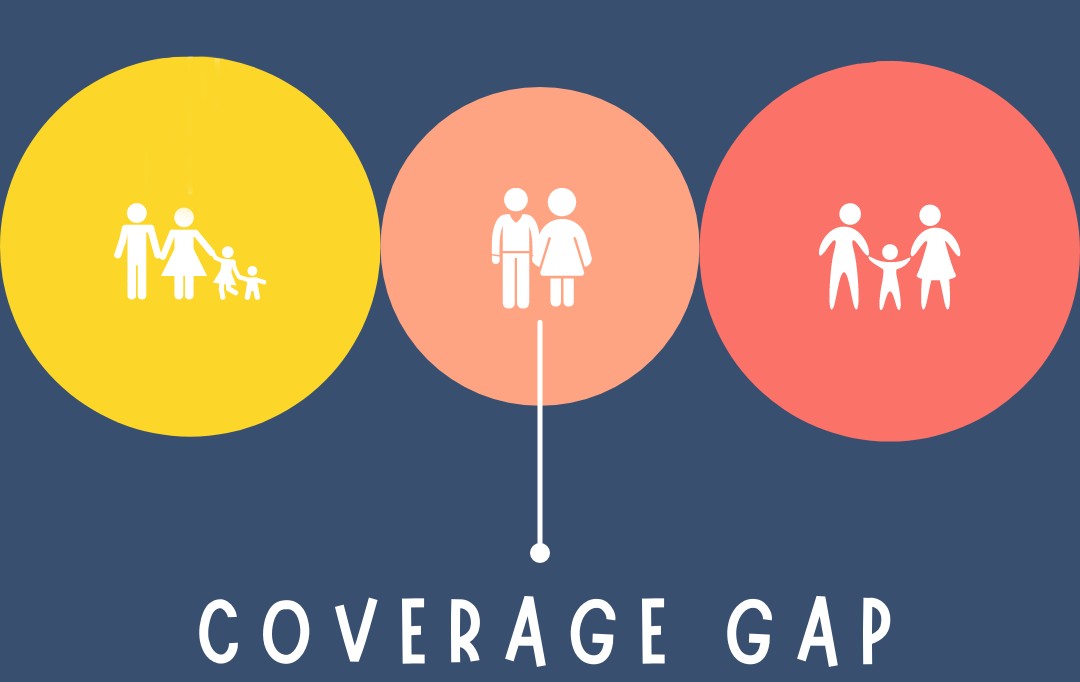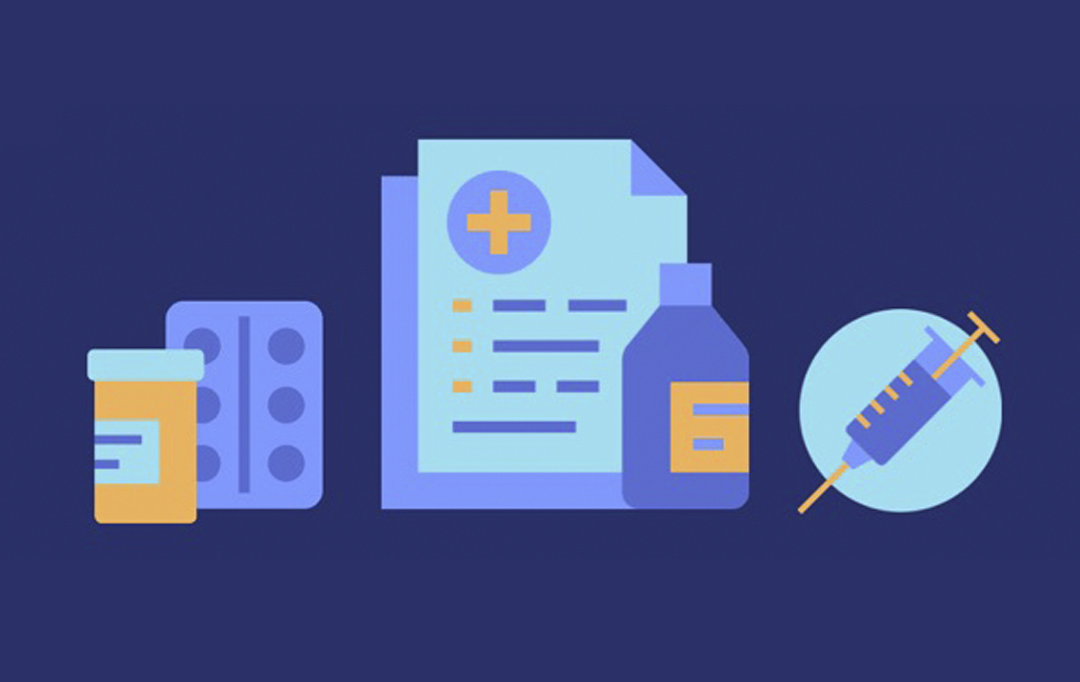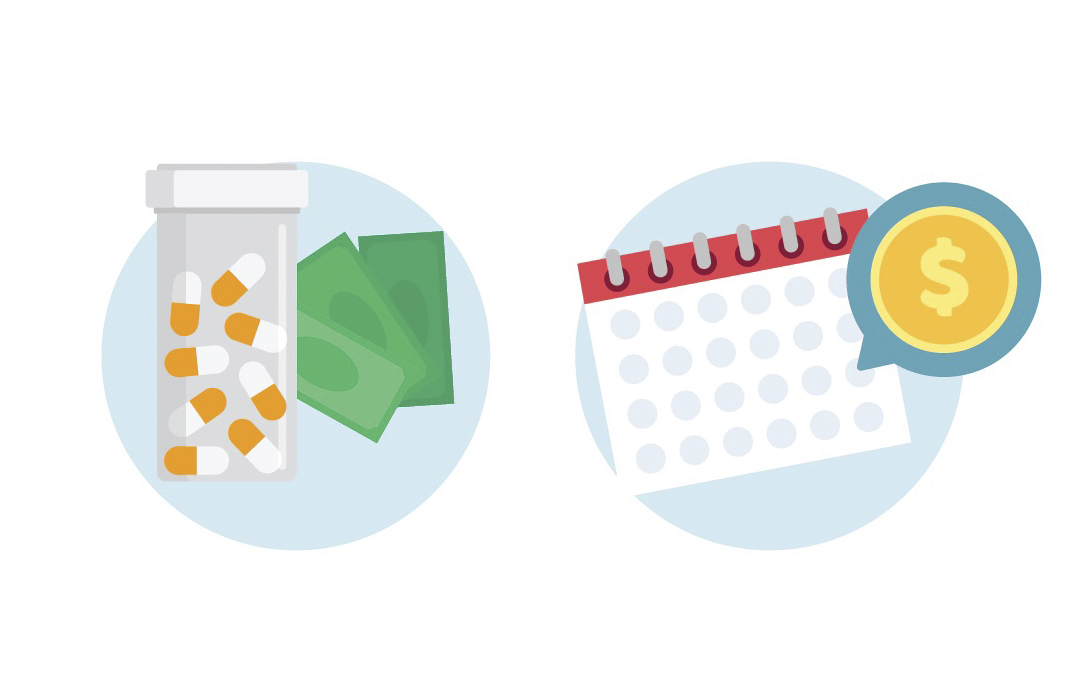Medicare Enrollment for 2025 Is Now Open: Here Are the Updates for Medicare Part D (Prescription Plan)
Changes to Medicare can feel overwhelming, as they impact your health coverage and prescription drug costs. The Inflation Reduction Act (IRA), passed in 2022, introduces key updates to Medicare starting in 2025. These updates will affect all standalone Medicare prescription drug plans and Medicare Advantage plans with prescription drug coverage. Let’s explore three major changes.
1. Removal of the Coverage Gap
 The first major update in 2025 is the elimination of the coverage gap, often called the “donut hole”. Previously, after reaching a certain spending threshold, Medicare members had to pay higher out-of-pocket costs for medications until they reached catastrophic coverage. With the removal of the donut hole, Medicare Part D now consists of three stages:
The first major update in 2025 is the elimination of the coverage gap, often called the “donut hole”. Previously, after reaching a certain spending threshold, Medicare members had to pay higher out-of-pocket costs for medications until they reached catastrophic coverage. With the removal of the donut hole, Medicare Part D now consists of three stages:
- Annual Deductible Stage: If your plan has a deductible, you’ll be responsible for the full cost of your medications until that amount is paid.
- Initial Coverage Stage: After meeting your deductible, you’ll pay a co-pay or coinsurance for prescriptions until your total spending reaches $2,000.
- Catastrophic Coverage Stage: After reaching $2,000 in spending (including any deductible), you’ll move into catastrophic coverage, where you will pay nothing for Medicare-covered Part D medications for the rest of the year.
This change simplifies the prescription drug coverage process and removes the financial burden of the coverage gap.
2. Lower Maximum Out-of-Pocket Costs
 In 2025, Medicare members will also benefit from a lower out-of-pocket maximum for Part D prescription drugs. The 2024 out-of-pocket maximum was $8,000. Beginning in 2025, once you have paid $2,000 (including any deductible), you won’t need to pay anything further for covered prescriptions for the rest of the year.
In 2025, Medicare members will also benefit from a lower out-of-pocket maximum for Part D prescription drugs. The 2024 out-of-pocket maximum was $8,000. Beginning in 2025, once you have paid $2,000 (including any deductible), you won’t need to pay anything further for covered prescriptions for the rest of the year.
While the goal of this change is to reduce overall prescription drug costs, members may face higher deductibles or premiums earlier in the year. However, the lowered out-of-pocket maximum should result in long-term savings.
3. New Medicare Prescription Payment Plan
 Another change in 2025 is the introduction of the Medicare Prescription Payment Plan. This optional program allows members to spread out their out-of-pocket costs for prescription drugs over the course of the year, rather than paying all at once when filling prescriptions. You’ll receive monthly bills, which can make payments more manageable, especially for those on fixed incomes.
Another change in 2025 is the introduction of the Medicare Prescription Payment Plan. This optional program allows members to spread out their out-of-pocket costs for prescription drugs over the course of the year, rather than paying all at once when filling prescriptions. You’ll receive monthly bills, which can make payments more manageable, especially for those on fixed incomes.
Keep in mind, though, that the payment plan does not reduce the overall cost of prescriptions. Monthly payments may vary as you approach the $2,000 out-of-pocket maximum, meaning you’ll have smaller, but less predictable, payments.
These updates aim to make Medicare more affordable by lowering out-of-pocket costs and simplifying prescription drug coverage. While some members may face higher costs earlier in the year, the changes offer significant savings in the long run.
To learn more about the Inflation Reduction Act and its impact on Medicare, visit MedicareEducation.com.
By understanding these changes, you can better prepare for 2025 and make informed decisions about your health coverage.







